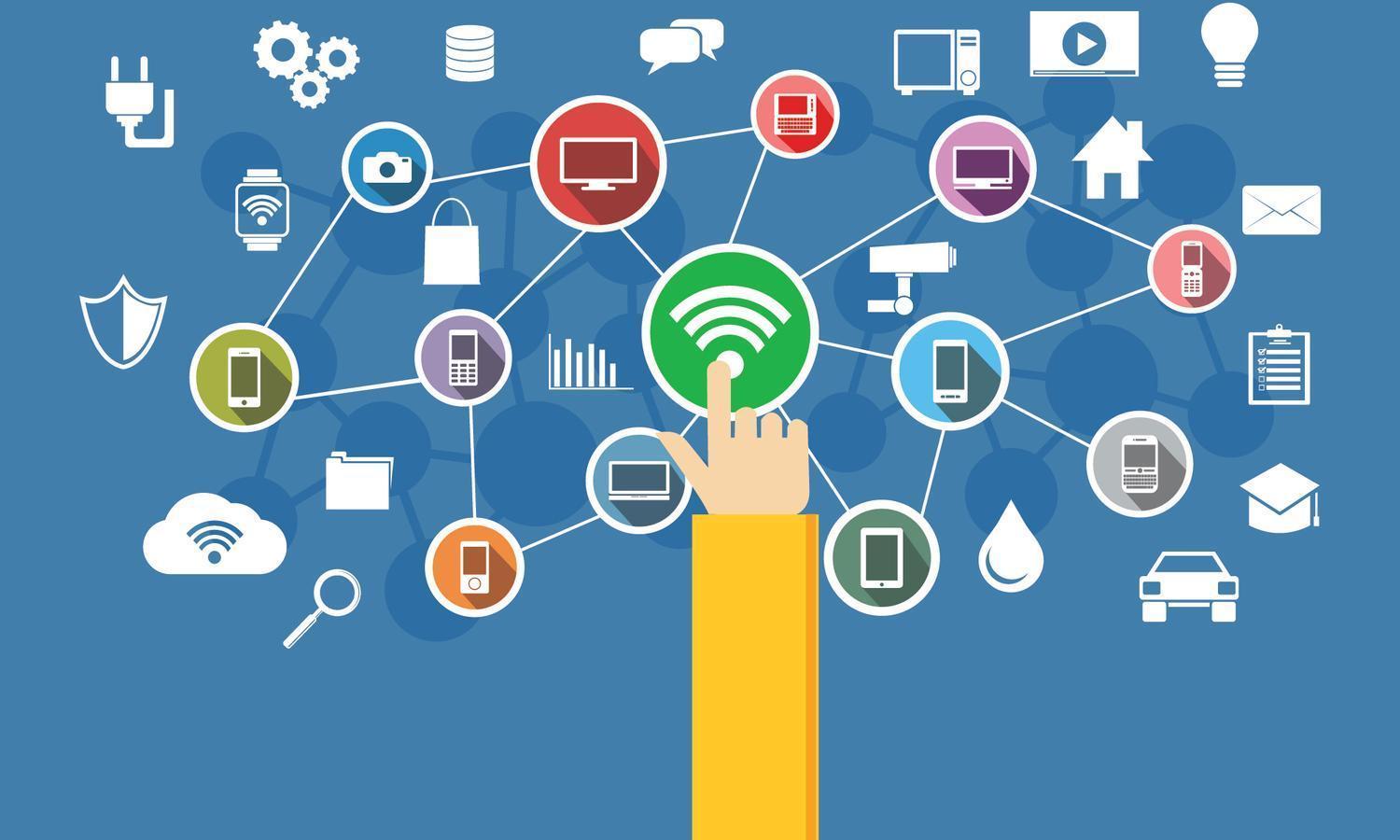Erin Seils|
It’s 2017 and it already seems as though we are living in the future. However, in the next 10 years it’s only going to get better.
Self-driving cars
We’ve known about the possibilty of unmanned means of transportation for a while now. Many car manufacturers, will be selling cars with some degree of autonomous capability by 2021. Some brands, such as Tesla and Ford, believe that they will be selling cars with at least SAE (Society of Automative Engineers) level 4 automation by 2020. This means that an automated driving system monitors the environment and will need very little human intervention.
/https%3A%2F%2Fblueprint-api-production.s3.amazonaws.com%2Fuploads%2Fcard%2Fimage%2F290936%2Ftslaself.jpg)
VR and AR
Virtual Reality and Augmented Reality are going to become an even bigger part of our lives over the coming decade. Games using AR like Pokemon Go have already taken off and we can expect to see more of this in the future. At the moment, VR is not really available to all simply due to its high price. On top of the expense of the technolgy itself you also need a powerful home computer to use it. However, within the next few years, VR will be both better and cheaper. VR could soon become useful in more than just the gaming industry. For example, it would provide a whole new experience to viewing movies, allow online buyers with 360 views of products as well as having several uses within education.
AR will also spread its wings from gaming, becoming widely used in medical professions. HoloAnatomy uses the Microsoft HoloLens to display interactive anatomical models which have been greatly beneficial to medical students, learning about the human body.
3D Printing
While you may not have your own personal 3D printer at home, they will be more widely available to use in certain shops over the next ten years. You will be able to easily send a file to a nearby printer and collect it later. We could even see bioprinters being used to print living tissue with the potential to eventually completely erradicate the need for organ donors.

Drone Delivery
Drones are already being developed by Google and Amazon which get your chosen item to you just a few minutes after placing your order. However, there are still many logistical problems that will need to be worked out before these can really become widely available.
It seems more likely that a system like DHL’s pilot progam which uses drones to take parcels from one base station to another. DHL are currently testing this method of delivery in the German Alps. The drones are capable of flying 5 miles across the mountains to reach a base station in a different town, in all sorts of weather.

Internet of Things (IoT)
This is probably one of the most exciting innovations to come in the next decade. This allows almost anything that you can turn on and off to be connected to each other, including everything from alarm clocks and lamps to smartphones and tablets. According to IT advisory company Gartner, more than 26 billion dvices will be connected by 2020.
With IoT, life in general will be made a lot easier: your alarm clock could trigger your coffee machine to have a cup ready for you coming downstairs, your car would know exactly where you were headed before you even touched the Sat Nav simply because you marked an event in your phone’s calendar and your fridge could even order more food when you start running low.

The future is all about getting the day-to-day tasks done with very minimal input from us, giving us more time to do the things we really want to.

